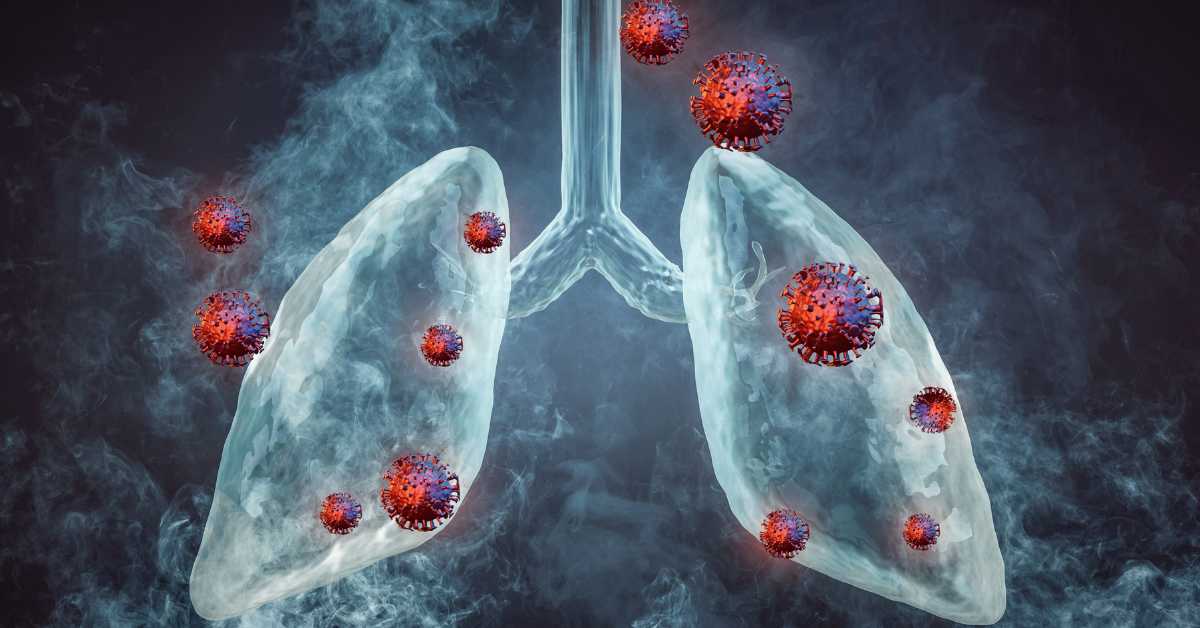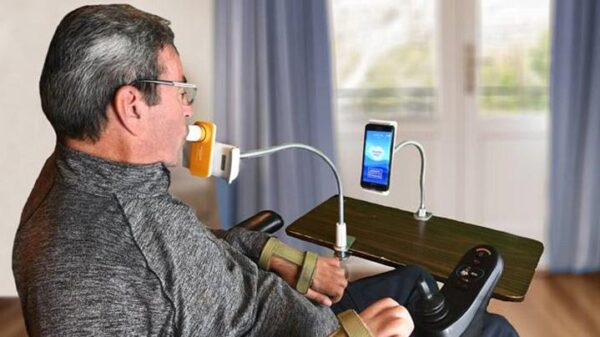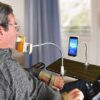A team headed by Zhejiang University scientists in China has developed a new breath test for lung cancer detection. In a study, it successfully distinguished samples provided by those who had been diagnosed with the disease from those who had not.
It utilizes highly sensitive “nanoscale” or tiny sensors that can detect irregular levels of the volatile organic compound (VOC) isoprene. These minuscule detectors can measure this VOC in the parts per billion (ppb) range. They can withstand the humidity in breath samples and distinguish isoprene from other VOCs.
The investigators published their research on the gadget in the journal ACS Sensors on Wednesday. More extensive studies will be necessary before potential commercialization of the technology.
“A miniaturized portable electronic device that successfully distinguishes lung cancer patients with expiratory isoprene below 40 ppb from the healthy population with isoprene above 60 ppb,” they described in the journal entry, “enabling an accurate diagnosis in clinics.”
The news comes as Lung Cancer Awareness Month begins. This non-invasive method of diagnosing lung cancer can potentially offer advantages over more prevalent testing technologies like low-dose CT scans and tissue biopsies, but it is not the first.
Read more: Breath Diagnostics onboards new president and closes critical financing
Read more: Breath Diagnostics pioneers novel lung cancer breath test
Breath Diagnostics fine-tunes another breath test in the U.S.
A Kentucky-based company founded in 2015 is in the advanced stages of development with a different variety of lung cancer breath test. Similarly, it works by identifying cancer biomarkers present in VOCs in a patient’s breath sample.
Breath Diagnostics Inc. has assessed its OneBreath MicroReactor testing system in over 800 patients across three clinical sites with successful results. Moreover, it achieves a substantially lower rate of false positives than low-dose CT scans, is radiation-free and non-invasive.
Although referred to as “low-dose,” the CT scans used for detecting this respiratory disease still emit 20 times more radiation than an X-ray. This flawed testing method is currently number one in North America, but breath analysis technology has the potential to render it obsolete.
Breath Diagnostics will be making its device commercially available within the next year and a half. FDA approval is the ultimate goal further down the road.
The healthcare innovation company just secured a US$1-million-dollar investment to propel development of its technology.
Since Ancient Greece, a person’s breath has provided clues to predicting their overall health, and, thanks to research and development by scientists and doctors in recent decades, your breath may now hold key biological indicators for detecting diseases…
#Breath #Biotech pic.twitter.com/vjlnnhH4Nr— Breath Diagnostics Inc. (@OneBreathDx) November 4, 2024
rowan@mugglehead.com














